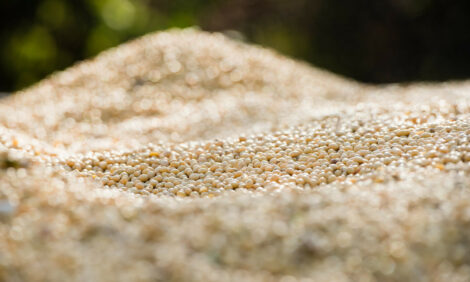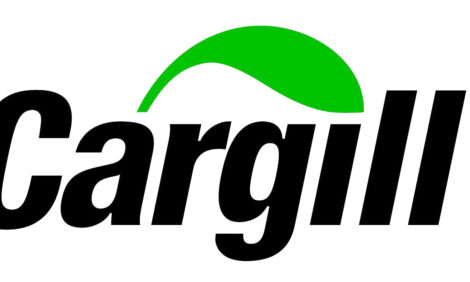



Japan Govt Mulls Tariff-funded Subsidies for Pork Industry
JAPAN - In preparation for an expected conclusion to the Trans-Pacific Partnership multilateral free trade agreement talks, the government has started considering the use of tariff revenue from imported pork to subsidize the pork industry, The Yomiuri Shimbun has learned.According to The Japan News, while Japan and the United States have substantively agreed to reduce the tariff on pork in bilateral TPP discussions, the tariff reduction will likely be extended to other participating countries such as Canada. As a boost in tariff revenue from imported pork is expected due to an increase in pork imports among other reasons, the government will step up support for pig farmers, who will be heavily impacted, according to informed sources.
A TPP ministerial meeting began Monday in Singapore. While negotiations are in the final stages with the aim of reaching a basic agreement this summer, measures to mitigate the impact on domestic agriculture have now become a major focus.
Annual imported pork tariff revenue from fiscal 2008 to fiscal 2012 ranged from ¥16 billion to ¥19 billion. After the TPP talks are concluded however, the figure will likely increase to ¥30 billion to ¥40 billion, according to one estimate. The government plans to use all of the revenue to fund a subsidy programme for pig farmers, the sources said.
In Japan-US TPP negotiations, which reached a substantive agreement in April, the countries agreed to drastically reduce the tariff on cheap pork. Currently, a tariff up to ¥482 is imposed on one kilogram of cut meat, such as pork tenderloin or pork loin, that figure will gradually be reduced to ¥50 over about 15 years.
According to an estimate by an organization related to the livestock industry, imported portk prices will be reduced by 40 per cent, and imports of pork will dramatically increase, replacing about 50 per cent of domestic pork.
Pork importers typically minimize tariff payments by buying shipments of combined cheap and expensive meats. But tariff revenues from pork are expected to increase even if the tariffs are drastically cut because import volume is expected to rise significantly.
The beef industry receives subsidies under a system that uses tariff revenues to help relevant industries. In the fiscal 2014 budget, the total amount of beef industry subsidies exceeds ¥120 billion, most of which comes from tariff revenue from imported beef.
Meanwhile, pork industry subsidies currently stand at a relatively small amount of about ¥10 billion, and a system using tariff revenue to fund subsidies has not been adopted. The government therefore intends to introduce the same system as that of the beef industry and increase subsidies for the pork industry, which is calling on the government to increase subsides to about ¥50 billion.






